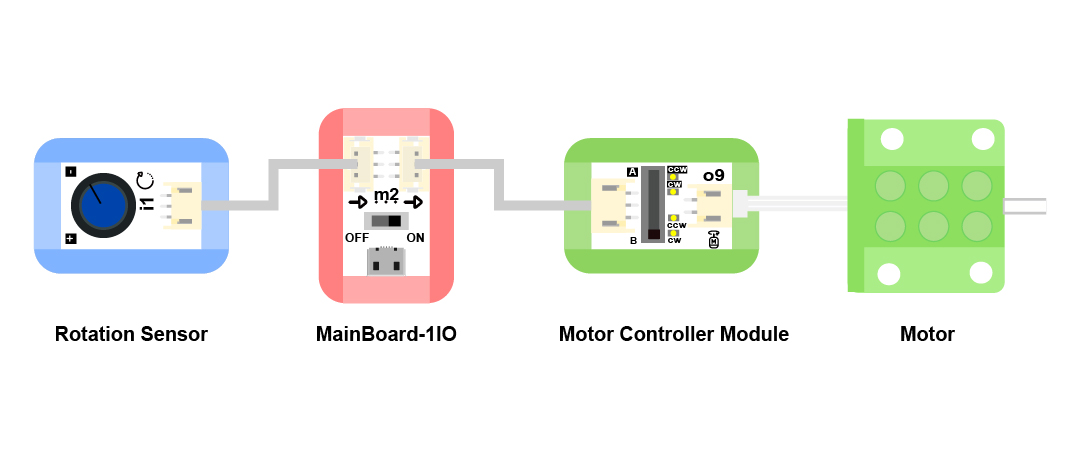This project will show you how to make an earthquake shake table to simulate earthquakes at different frequencies. Connect the model with a microcontroller to measure and visualize the earthquake intensity in Mind+. Then you can build earthquake-proof structures and test out their seismic resistance.
Build the Model:The model simulates seismic ground motion during an earthquake. With a rotation sensor, you can change the speed of the motor to generate movement at different frequencies. It will be inspiring to test the effect of short and high-frequency earthquakes on buildings with different heights.
Step1: Make the Shake Table
Step2: Make the Building Structure
Use straws and pipe cleaners to build up the building from the base plate.
Step3: Connect micro:bit
A nature earthquake creates motions on 3 axes, but since our shake table is moving along the same direction, it will be easy to measure the acceleration on the X-axis with a micro:bit, to give you an accurate result of how strong is the earthquake. Fix the micro:bit at the top of the building, plug it with your computer.
Step4: Add Earthquake Resistance
There are many ways to create earthquake-proof buildings, the most commonly used for tall buildings might be Tuned Mass Damper (check Taipei 101). I used several screw nuts as weight and suspend them from the top. You might need to test the height and length to get a better result. Add more structures like frames, braces to check how strong is your building.
Activity : Compare Earthquake-Proof ResistanceDownload the sample program, collect and visualize the acceleration data from micro:bit, compare the data graphs to check the effectiveness of earthquake resistance.








Comments
Please log in or sign up to comment.